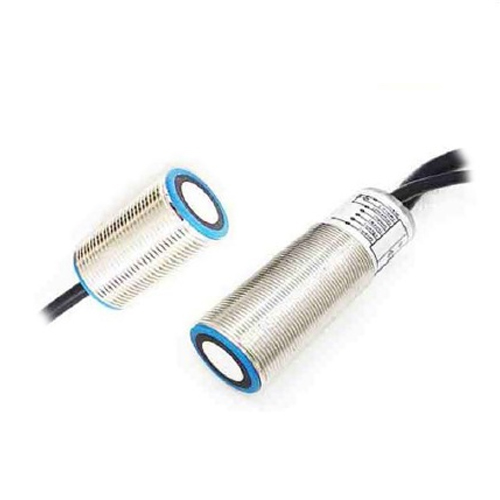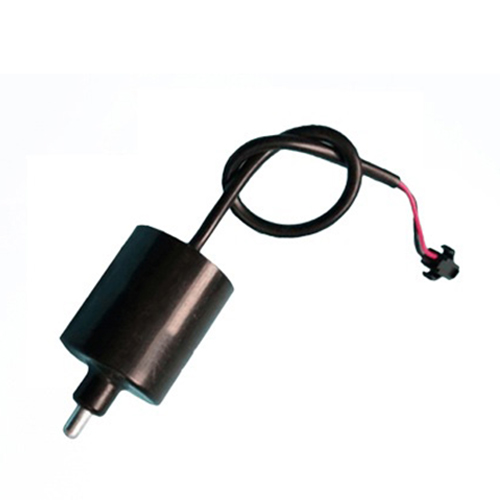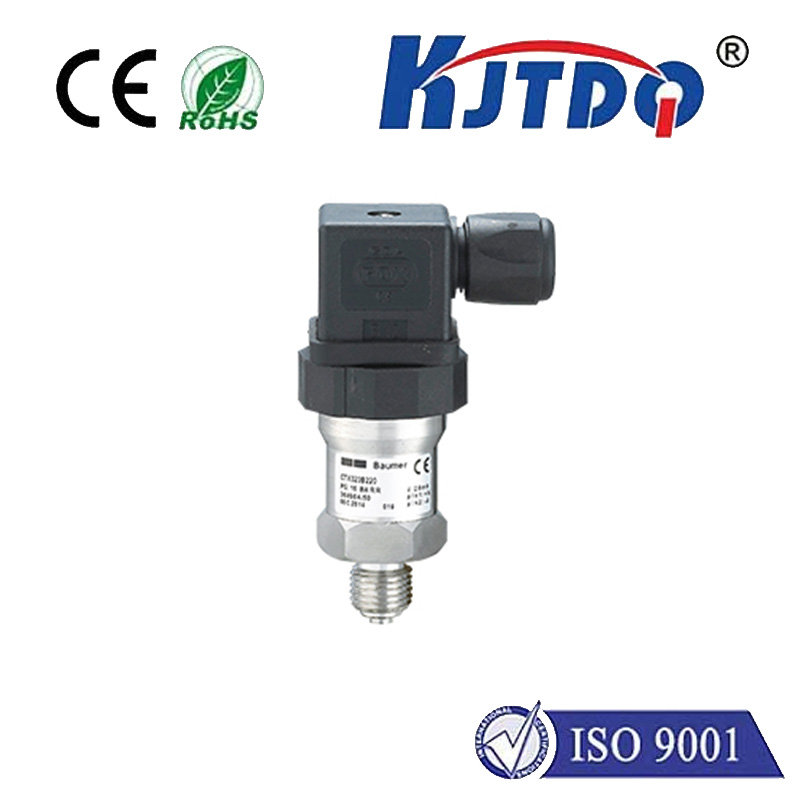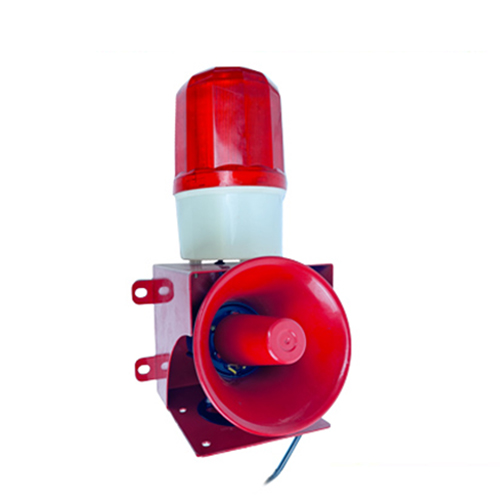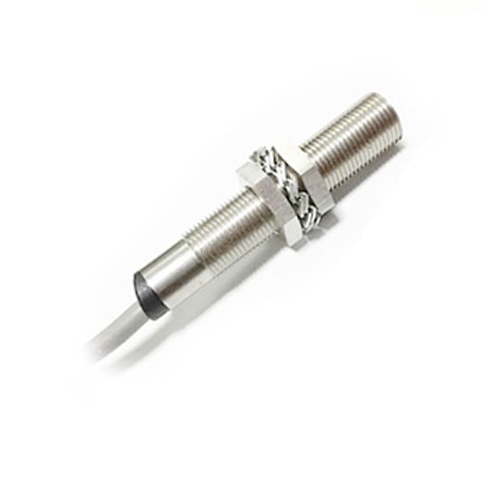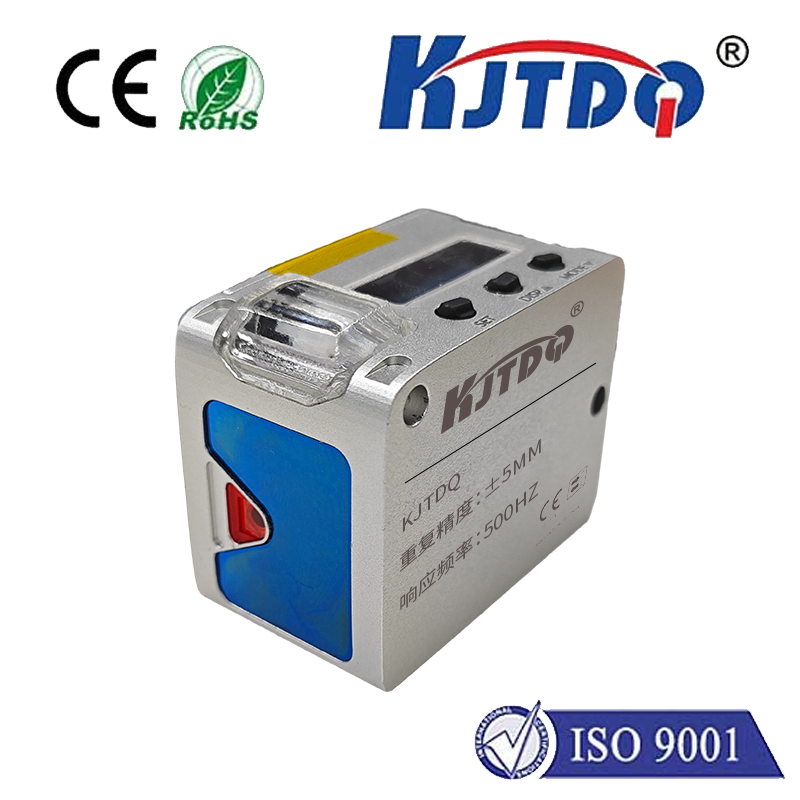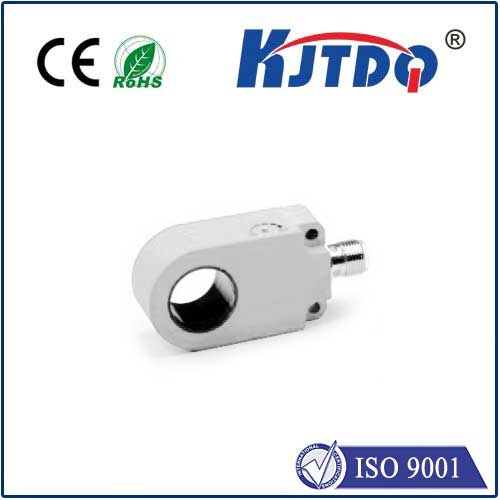photoelectric sensor with gold coin ejector
- time:2025-09-10 20:01:17
- Click:0
Precision Meets Value: The Critical Role of Photoelectric Sensors in Gold Coin Ejector Systems
Imagine the high-stakes environment of a casino counting room or the precision required on an exclusive collector coin production line. Tiny, highly valuable gold discs move swiftly through automated systems. A single misplaced coin represents not just material loss, but potentially significant financial or operational disruption. Ensuring every coin follows its intended path, rejecting only the defective or unauthorized, demands a level of accuracy standard sensors struggle to achieve. This is where the sophisticated integration of advanced photoelectric sensors and specialized gold coin ejector mechanisms becomes mission-critical, offering unparalleled reliability in handling objects of significant intrinsic value.
Why Gold Coins Present Unique Detection Challenges
Gold coins, whether bullion, collectibles, or gaming tokens, are distinct from generic metal objects or typical production items. Their characteristics pose specific challenges for automated handling:
- Reflectivity: Polished gold surfaces can act like mirrors, reflecting light unpredictably. Standard photoelectric sensors can be blinded by this glare or receive unstable signals due to minor variations in surface finish or angle.
- Small Size & Precision: Detecting tiny discrepancies (minor edge damage, incorrect denomination, slight warping) on small objects moving at speed requires extremely high resolution and fast response times.
- High Value & Consequence: The cost of an error—allowing a counterfeit through or damaging a genuine coin—is substantial. Detection systems must be exceptionally reliable and minimize false positives/negatives.
- Non-magnetic Nature: Gold is non-ferrous, rendering common magnetic proximity sensors ineffective for direct detection.
Standard sensor technologies often fall short. Mechanical switches wear quickly and lack precision. Capacitive sensors can struggle with consistent detection due to environmental changes. Simple through-beam photoelectric sensors might be fooled by reflections or fail to discern fine detail. This necessitates a more intelligent, specialized approach.
The Photoelectric Sensor: The Intelligent Eye

Modern photoelectric sensors, particularly retro-reflective and diffuse-reflective types with sophisticated background suppression (BGS) or true background suppression (TBG) capabilities, are ideally suited for this challenge. Here’s why they are the cornerstone of reliable gold coin detection:
- Overcoming Reflectivity: BGS/TBG sensors intelligently evaluate the angle or position of the reflected light, differentiating the coin from the highly reflective background (like a polished conveyor or metal chute). They effectively “ignore” the overwhelming glare and focus on the coin’s position.
- High Resolution & Speed: Advanced models offer beam spots as small as fractions of a millimeter and response times measured in microseconds. This allows them to detect minute surface defects, precise edge positions, or distinguish subtle differences between coin types at high throughput rates.
- Non-Contact Detection: Physical contact is eliminated, preventing scratches, scuffs, or damage to the valuable coin surface.
- Environmentally Robust: Designed to resist dust, minor contaminants, and vibrations common in industrial settings, ensuring consistent performance.
- Programmable Logic: Smart sensors can be programmed with specific logic (e.g., pulse extension, timers, multiple output states) to work seamlessly with the ejector and control system, ensuring ejection only triggers under precise, validated conditions.
The Ejector Mechanism: Swift and Precise Action
Detection is only half the battle. Once an unwanted coin (defective, counterfeit, wrong denomination) is identified, it must be removed immediately and reliably from the flow. This is where the gold coin ejector comes in. These mechanisms are designed for speed, precision, and minimal disturbance:
- Actuation Types: Common methods include:
- Pneumatic Ejectors: Use a precisely timed burst of compressed air to “blow” the target coin off its path. Fast, simple, and effective for lighter coins.
- Mechanical Pushers: Employ a small solenoid or servo-driven arm to physically nudge the coin sideways into a reject chute. Offers positive control, beneficial for heavier coins or precise positioning needs.
- Critical Design Factors: Ejectors must be:
- Precisely Timed: Synchronized perfectly with the sensor detection point and the coin’s movement speed.
- Minimally Invasive: Apply just enough force to divert the target coin without jostling adjacent coins.
- Robust: Handle continuous operation without fatigue or failure.
- Compact: Fit within often constrained machine layouts.
The Synergy: Detection, Decision, Ejection
The true power lies not in the individual components, but in their seamless integration and intelligent control:
- Detection: The advanced photoelectric sensor scans each coin as it passes, using its sophisticated logic to reliably distinguish “good” from “bad” based on programmed parameters (size, position, presence of specific features or defects).
- Decision: The sensor’s output signal (often a clean digital ON/OFF) is sent instantly to the machine’s Programmable Logic Controller (PLC) or directly triggers the ejector driver circuit.
- Ejection: Based on the sensor signal and precise timing algorithms, the ejector (pneumatic blast or mechanical push) activates exactly as the target coin reaches the ejection point, diverting it cleanly into the reject path with minimal disruption to the flow of acceptable coins. This detect-classify-remove cycle happens within milliseconds, maintaining high throughput.
Key Applications Where Precision is Paramount
This combination isn’t just a technical curiosity; it’s vital technology in demanding sectors:
- Gaming & Casinos: Ensuring only valid, authentic chips or tokens enter counting machines and payout systems. Detecting counterfeits is critical. The photoelectric sensor with gold coin ejector setup safeguards revenue integrity.
- Precious Metal Production & Minting: Sorting newly minted bullion coins, collector sets, or proof coins. Rejecting coins with surface blemishes, incorrect weights (implied by size/height detection), or incomplete stamping. Protects brand reputation and value.
- High-Value Vending & Kiosks: Accepting gold bullion coins or high-value tokens in exchange machines. Verifying authenticity and condition before dispensing goods or services.
- Specialized Recycling/Refining: Sorting genuine gold coins or tokens from base metal imitations or other materials in scrap streams. Maximizes recovery value.
- Collectibles Authentication & Grading: Automating initial sorting based on obvious physical defects before detailed manual grading.
Beyond Reliability: The Operational Impact
Implementing a high-performance photoelectric sensor with gold coin ejector system delivers tangible benefits beyond basic malfunction reduction:
- Maximized Value Protection: Dramatically reduces the risk of processing counterfeits or releasing defective high-value items.
- Minimized Downtime: Unreliable sorting causes jams and stoppages. Robust detection and precise ejection ensure smooth, continuous operation.
- Enhanced Efficiency: High-speed, accurate sorting allows for faster throughput without sacrificing quality control.
- Reduced Labor Costs: Automates a critical inspection task that would otherwise require slow, expensive, and potentially error-prone manual intervention.
- Data Traceability: Smart sensors and PLCs can log reject events,







